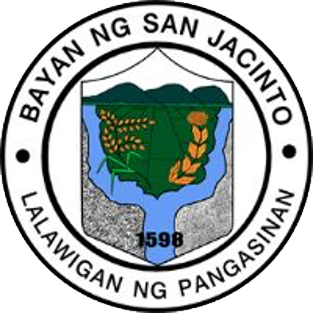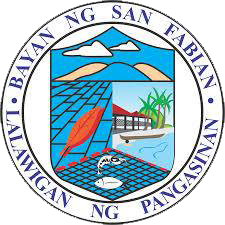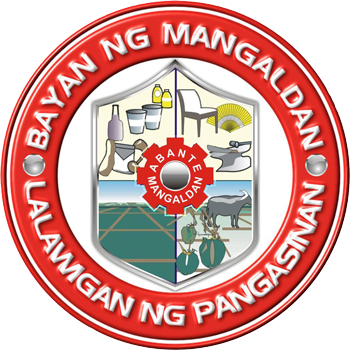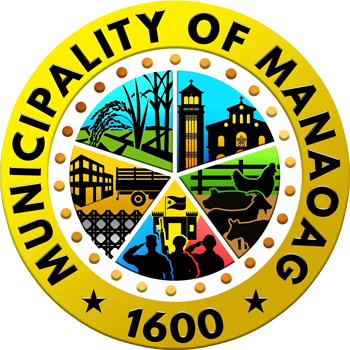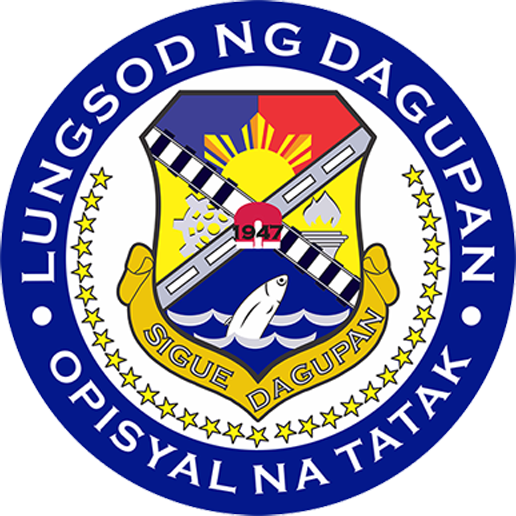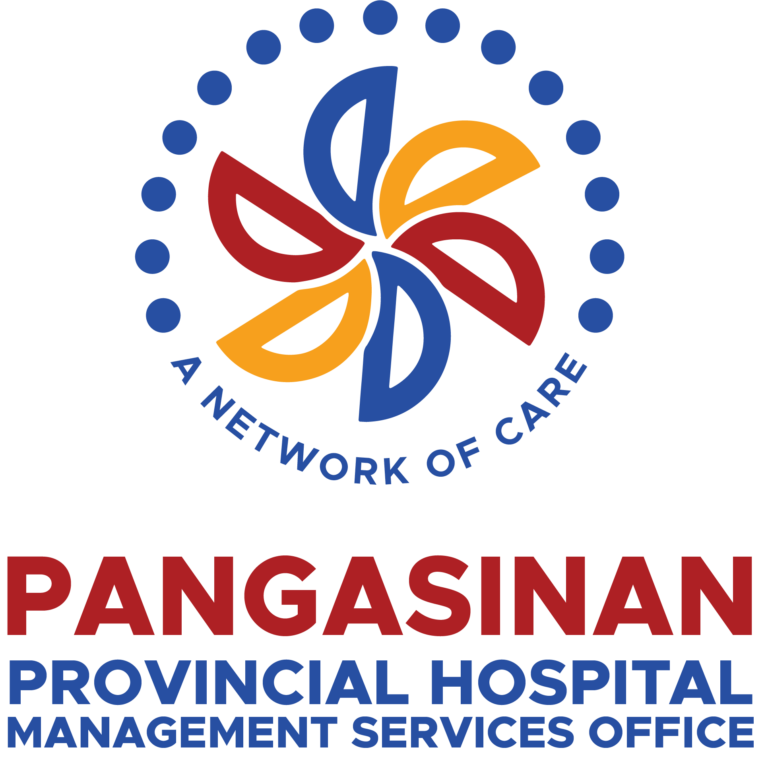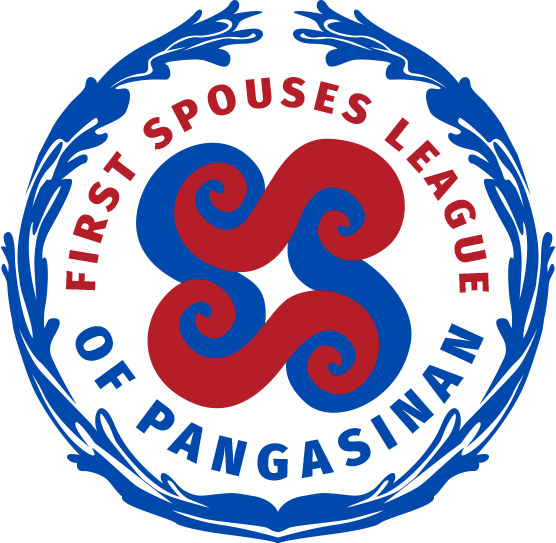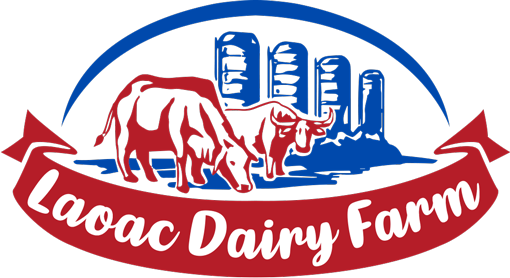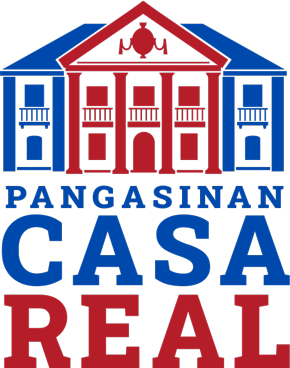When the Christian mission led by Augustinian fathers started converting the locals to Christianism, they established several missions throughout the Province of Pangasinan. One particular mission was in Santa Monica, the old name of Manaoag. The town got its name from the Pangasinan word “Mantaoag” which means “to call”. the locals believe that a farmer saw a lady carrying a child on a treetop. the lady told the farmer to “build a church in my honor” and “my children shall receive many favors in this place”.
Rumors spread of the apparition of the “Virgin Mary who calls”, and the locals started to visit the place and see it themselves. upon their return home, people asked them where they came from and they answered “Dimad Apo Ya Mantatawag”. the term was simplified to just “Mantawag”, which means “to call” in Ilocano and Pangasinan. The name later evolved to “Manaoag”, the town’s present name.
Manaoag is part of the fourth congressional district. It is 33 kilometers from the capital town of Lingayen. Manaoag has a total land area of 5,595 hectares and a population of 76,045 people according to the latest census.
Manaoag is undoubtedly the most popular pilgrimage site in the province and is even called “Catholic Mecca” in the country as hordes of devotees from different places frequent The Minor Basilica of Our Lady of the Holy Rosary of Manaoag all year round.
The primary feast of Our Lady of Manaoag is held on the third Wednesday of Easter while the universal feast day is during the Holy Rosary month which is in October. It was in the year 2011 when The Minor Basilica of Our Lady of the Holy Rosary of Manaoag became canonically affiliated with the Papal Basilica of Saint Mary Major in Rome.
In honor of our Lady of Manaoag, the town celebrate the Galicayo Festival, Pangasinan’s answer to other religious festivities in the country like Ati-Atihan, Sinulog, Moriones, Dinagyang, and Obando Fertility Festival. Coined after a Pangasinense word, ‘galicayo’ means “come here” after the stories of the apparition of the Virgin Mary in the town where she called on the people to come together and build a church.
Officials
Mayor
Jeremy Agerico Rosario
Vice Mayor
Kim Mikael Amador
Councilors
Jon Edmund Augustus Amador
Winston Chu Tan
Eduardo Paraan
Pedro Palaganas
Perc Jomini Villacorta
Merlinda Tantay
Rosalino De Vera
Arnold Saragoza


